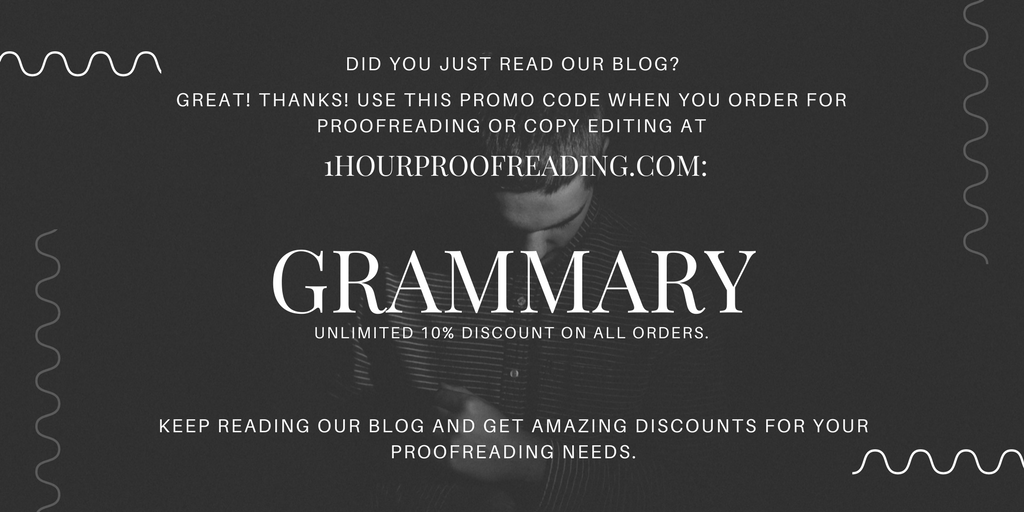Writing Hacks: Build a Story from Scratch
Posted on Apr 04, 2017
Plotting the Course for a Successful Story.
Plot is the most important aspect in writing a story. It’s the backbone. Without an organized plot, your story will fall apart.

At first, writing and outlining your plot may seem like a tedious task. It definitely is, since your story’s success as a narrative relies heavily on plot. However, once you’ve got an organized outline, you’ll find it easier to insert, edit, and remove ideas without having to start all over again.
Here are tips to get you started:
Setting a Goal
Outlining
The Basic Structure
Now what?
Before planning a plot, you should know what your story goal is. Your story goal can be a solved problem, a change in the character or setting, or the attainment of something. Your plot is supposed to be a sequence of events that will lead to the achievement of the goal.
Once you have a goal, then you can move forward with your plot. Throughout your plot planning, keep your goal in mind and always check your action, whether it’s something that will help your protagonist toward its goal. However, unless you already have a finished story, you can still change or add to your goal.
Make a list of things that should happen in your story. Depending on your preference, you may choose to do this chronologically or otherwise. At this stage, it’s okay to not have any specifics yet other than which character does what action.
Once you’ve listed down the basic story action, you can start arranging them chronologically if you haven’t yet. Now you have a basic outline you can work with. If you feel like you have too much or too little action, not to worry. You’ll be able to narrow it down soon.
Every story arc has a basic structure composed of five parts: the beginning, rising action, climax, denouement, and resolution.
The beginning is where all the premises of your story are presented. The main characters are introduced, and the location is set.
The rising action is where your story starts to move. In this part, the problem is exposed. Your characters will go to different places and take different actions to solve the problem.
The climax is the height of the story. Here, the protagonist faces its greatest conflict. Your protagonist will make the critical choices here.
The denouement, or falling action, is where the consequences of the choices made in the climax take place. Depending on your protagonist’s action, the story goal may have already been achieved, or your protagonist could have made a wrong choice. This will bring it back to another rising action.
The resolution happens at the end of the story. Here, your protagonist has already made the right choices and has achieved its goal.
Now that you know your story points and your story action, it’s time to plot them accordingly. File your actions under the points in which they fit. If an idea doesn’t fit the road to the goal, consider discarding it.
Congratulations! You are now the proud owner of a story outline. Time to create the specifics.
Consider your characters. Who is your protagonist? Why does it have this goal? Who is your antagonist? Why do you have one? What’s its goal? Are there any other characters? Who are they? What do they do? What are their involvements in the story? Why is the protagonist’s/antagonist’s goal important to them?
Consider your setting. Where/when is the story set? Where/when is each scene set? Why in that location? Why that specific time? How does the location and time affect the plot?
Having a story outline is a helpful tool once you start writing your story for real. It will help you keep your story in check and make sure that you are helping your protagonist follow through its goal. Once you start getting the hang of plot outlining and story structuring, you’ll be able to mix and rearrange these elements to put your own creative twist. Now that you have your basic writing elements, it’s your turn to try them out yourself.
Disclaimer: Image is not ours. Credit to the owner.
About 1-Hour Proofreading
1-Hour Proofreading is a growing start-up offering fast and efficient editing services at a reasonable price with the assurance that the document is publication-ready the soonest you need it. Its team of highly competent professional editors is committed to helping those in need of quality editing services while facing tough deadlines.
Visit 1hourproofreading.com for more details.
Follow us:
Back to Grammary



